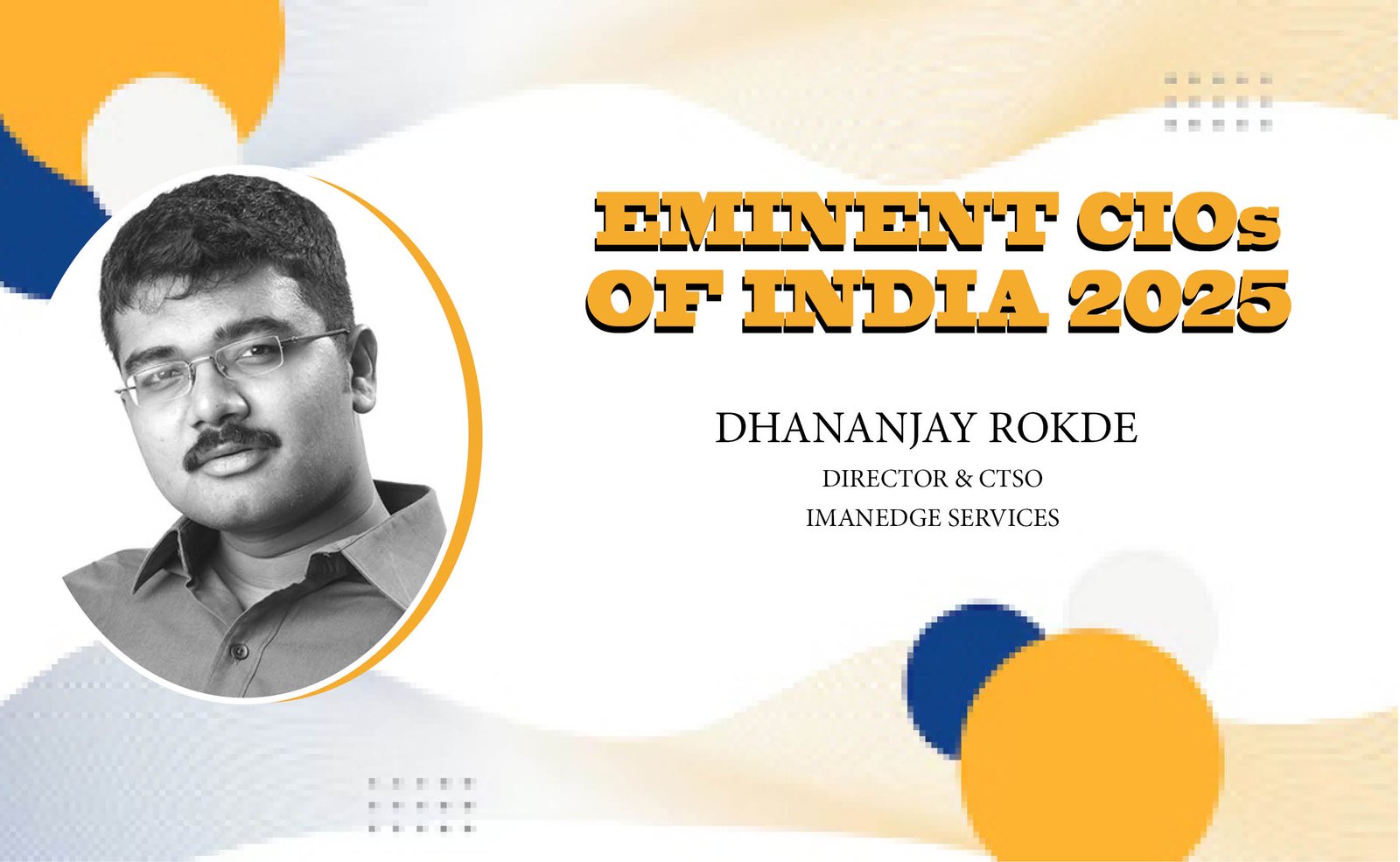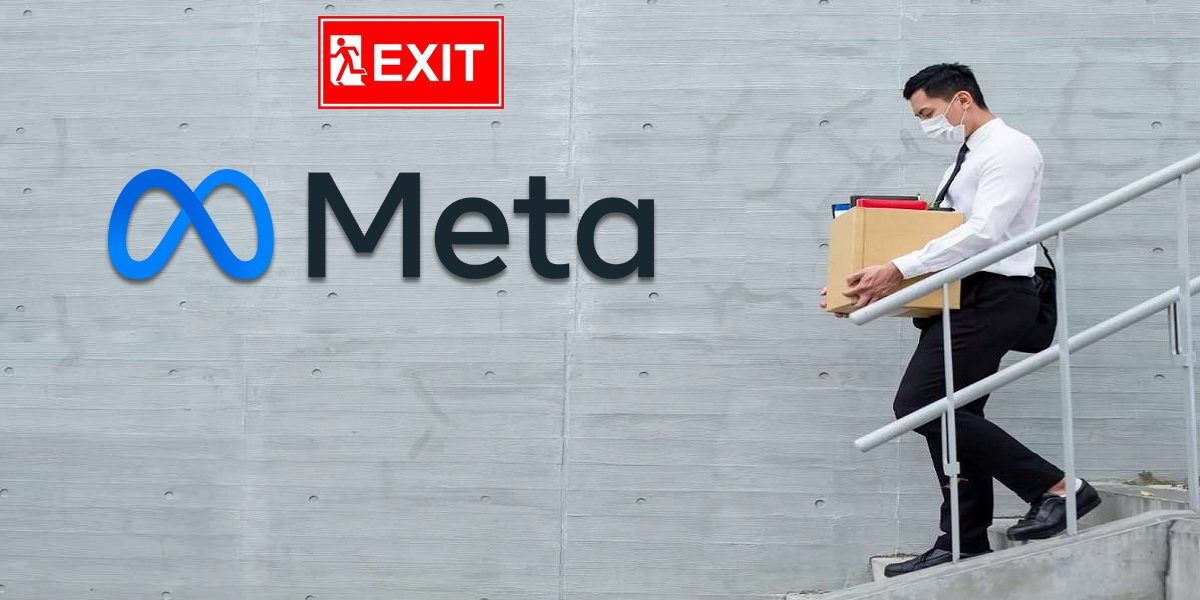Dhananjay Rokde, Director & CTSO, iManEdge Services
Today any business has to focus on the three key advancements namely, Defence & Protection, Cyber Operations Management, and Evolving Threat landscape management strategies
DEFENCE & PROTECTION STRATEGY
In 2025, enterprises will prioritize zero-trust architecture, secure browsers, and cloud-native security with multi-factor authentication and IAM. Supply chain security will also be critical, emphasizing vendor transparency, real-time code analysis, and strong security posture management to combat evolving cyber threats and prevent data breaches.
CYBER OPERATIONS MANAGEMENT STRATEGY
Cybersecurity-as-a-Service (CaaS), threat hunting, and AI-driven semi-autonomous security operations will rise in 2025, empowering organizations with proactive threat detection, rapid response, and comprehensive protection through scalable, intelligent security solutions.
EVOLVING THREAT MANAGEMENT LANDSCAPE MANAGEMENT
AI-powered threats will escalate, with personalized phishing and social engineering attacks bypassing traditional defenses. Generative AI may introduce code vulnerabilities, raising security risks. Deepfakes will pose serious challenges to identity verification, enabling fraud and undermining KYC protocols.
Tech trends Integration
AI-powered security leverages anomaly detection, predictive analytics, and automated incident response to identify and mitigate threats proactively. Automation through SOAR, patch management, and compliance reporting enhances efficiency and reduces risk. Zero-trust frameworks strengthen security with IAM, micro-segmentation, and least privilege access. Integration tools like SIEM and cloud security gateways enable centralized monitoring and control of security events across hybrid environments, improving visibility and compliance. These combined approaches ensure a robust, adaptive, and proactive cybersecurity posture, minimizing vulnerabilities, streamlining operations, and enhancing protection against evolving threats in real-time. Enterprises must embrace these technologies to stay resilient in today’s complex digital threat landscape.
Moving beyond operations
The roles of CIOs, CISOs, and DPOs are rapidly evolving from operational support to strategic leadership. Traditional metrics like uptime and incident count are being replaced with KPIs tied to innovation, customer satisfaction, and business impact. Security must be championed from the top, with boards driving messaging. Practices like SecDevOps, continuous threat-based training, and mandatory incident response are becoming standard. New ISO standards require full organizational compliance. The ability to predict and respond to threats is now key. With deep technical and legal expertise, future DPOs may emerge from CIO/CISO backgrounds—though independence and strong oversight by the Privacy Enforcement Committee remain essential.






